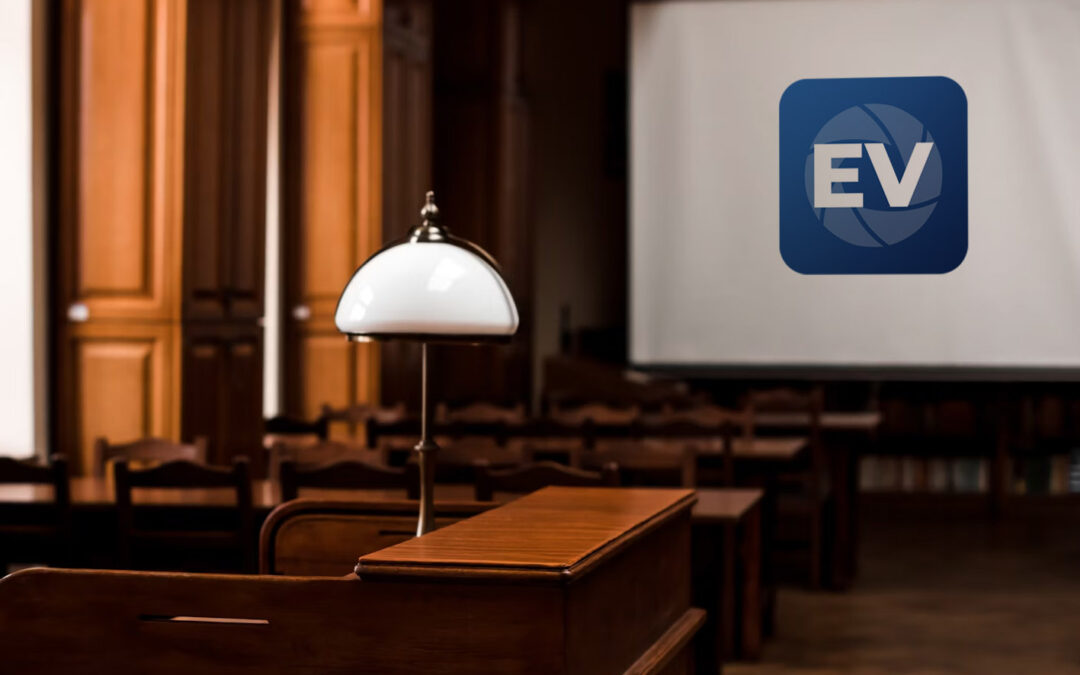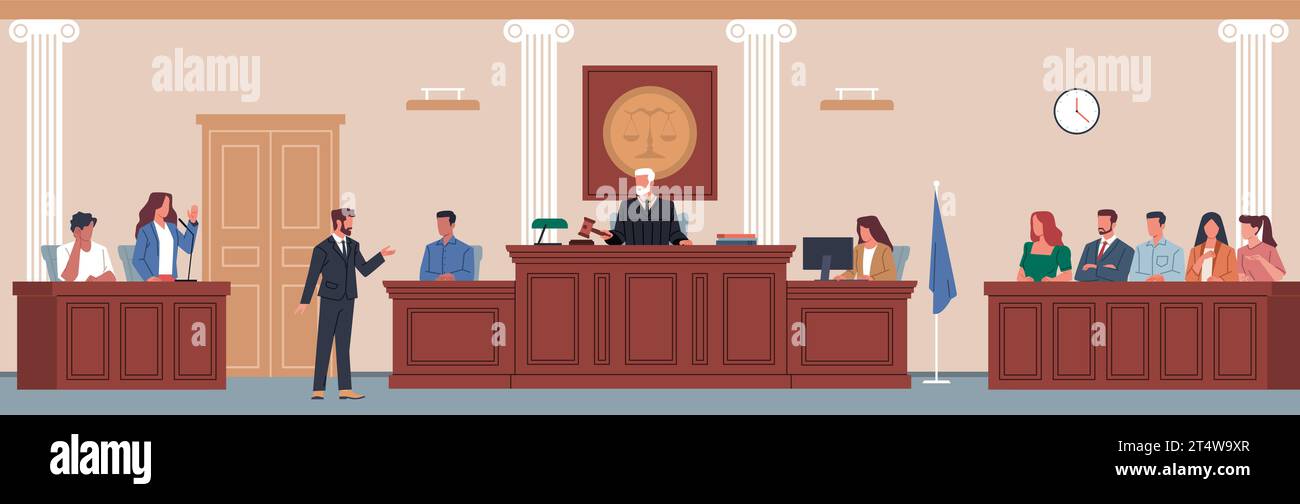Law firms rely on powerful trial presentations for courtroom success.
Exactly How Trial Presentations Enhance Your Debate and Encourage Jurors
Trial discussions act as a pivotal mechanism for enhancing lawful debates and convincing jurors. By incorporating aesthetic aids, narrative frameworks, and psychological engagement, lawyers can develop a compelling case that reverberates on several degrees. The calculated use of visuals not only clarifies complicated info but likewise catches jurors' interest extra successfully than words alone. The art of storytelling plays a similarly critical role in transforming valid proof right into an engaging narrative, shaping jurors' assumptions. Understanding these elements can significantly affect trial outcomes, raising the concern of just how each element adds to this elaborate dynamic.

Importance of Visual Help
Visual aids play a crucial role in enhancing the efficiency of test discussions, as they can significantly raise audience engagement and retention of information. In the context of a trial, where jurors are entrusted with processing complicated information, visual help serve to simplify and clarify bottom lines. Graphes, graphs, and images can share data and principles that might otherwise bewilder or perplex jurors, enabling a more uncomplicated understanding of the proof provided.
Furthermore, visual aids assist in maintaining juror focus throughout the procedures. By damaging the dullness of verbal testimony, these devices can punctuate crucial arguments, making them more unforgettable. Effective aesthetic aids can additionally stimulate emotional reactions, which can be critical in convincing jurors to align with the presenter's story.

Crafting Compelling Stories
A compelling narrative is necessary in test discussions, as it serves as the foundation of reliable persuasion. It allows lawyers to weave with each other truths, proof, and emotional components into a meaningful tale that resonates with jurors. This narrative framework enables jurors to comprehend the complexities of the case while directing them through the lawyer's argument.
To craft a compelling narrative, lawyers must focus on quality and comprehensibility. In addition, the use of vibrant descriptions can produce mental images that help jurors envision the occasions, making the story a lot more unforgettable.
Furthermore, integrating vital themes throughout the discussion enhances the core message and aids in retention - trial presentations. The story needs to not just share details but likewise evoke a sense of justice, highlighting the risks entailed. Inevitably, a well-constructed story fosters a connection in between the jurors and the case, positioning the attorney's debate as both trustworthy and compelling, therefore boosting the likelihood of a positive decision

Engaging the Court Emotionally
Efficient jury engagement hinges on the lawyer's capacity to attach with jurors on a psychological level. This link can considerably influence jurors' perceptions and their best decision-making.
Aesthetic aids, such as pictures or video clips, can even more improve psychological engagement, supplying jurors with vivid representations of the case's human components. Crafting a narrative that highlights the struggles and accomplishments of the individuals included makes certain that jurors see past the lawful arguments and acknowledge the human repercussions of their decisions.
Furthermore, tone and body movement play a critical role in conveying emotion. A lawyer's enthusiastic distribution can resonate with jurors, strengthening their psychological investment in the event. It's necessary to stabilize emotional allures with factual proof, my sources guaranteeing that jurors feel urged to act while remaining based in the fact. Eventually, a psychologically involved jury is most likely to be persuaded, making psychological connection an important component of efficient trial presentations.
Structuring Your Discussion

The body of the discussion must be logically fractional into bottom lines, you can find out more each supported by engaging proof. It is useful to use narration strategies to weave realities into a narrative that jurors can easily comply with. Visual help, such as graphes and video clips, can improve comprehension and interaction, aiding to highlight essential items of evidence.
Real-World Study
Checking out real-world study provides vital understandings into the art of trial discussions and persuasion. For circumstances, the site situation of "O.J. Simpson v. The People of California" highlights just how aesthetic help and engaging stories can persuade court assumptions. The defense team efficiently used a technique that incorporated prominent professional testimonies with multimedia discussions, which astounded jurors and inevitably influenced their choice.
One more significant instance is the "McDonald's Coffee Instance," where the plaintiff's attorneys made use of visuals images of the injuries received by Stella Liebeck. trial presentations. This stark visual evidence played an important function in conveying the seriousness of her burns, causing a substantial jury honor. Such instances demonstrate that impactful trial discussions frequently pivot on the effective assimilation of visuals and storytelling to evoke emotional reactions from jurors
Moreover, the "Casey Anthony Test" highlighted the value of narrative comprehensibility and reputation. The prosecution's failure to establish a compelling timeline decreased their influential power, underscoring the necessity of a well-structured presentation. Examining these situations exposes that effective trial presentations need critical planning, emotional engagement, and the capacity to reverberate with jurors' values and ideas.
Conclusion
Trial reference discussions substantially boost arguments and convince jurors through the strategic usage of visual help, engaging narratives, and psychological interaction. A well-structured discussion equilibriums psychological charms with valid proof, inevitably resonating with jurors' values.